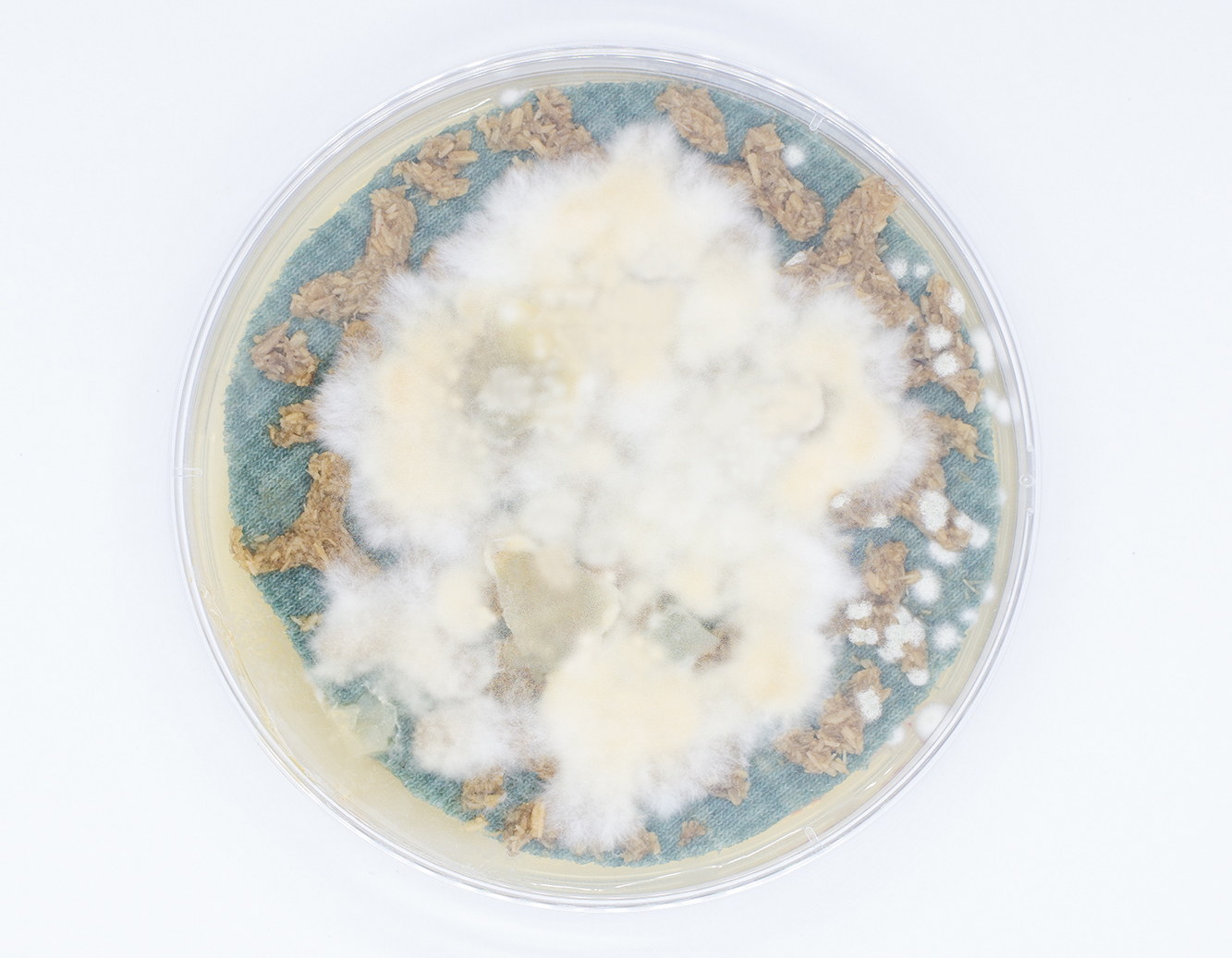HABITAT
Residency at BioLab 2023

In the cosmos of microorganisms, many have quite astonishing properties. Here we focused on their ability to grow. We wanted to participate in this process by controlling the shape, form or even properties of these tiny creatures.We asked ourselves: How can we use growth in a creative way? How can humans and organisms work together to create new processes, products or services? And what role does the organism play in the design process? Is it a material, a designer or something completely different?We experimented with the freeze-slip casting process developed by the BioLab to create a defined habitat and growth of microorganisms.In order to free itself from the two-dimensionality of the usual Petri dish in the laboratory, the BioLab has succeeded in developing a process that has the potential to create ideal living environments for microorganisms in three dimensions. The material used consists mainly of the hydrogel alginate. This is poured in a liquid state into a negative mold made of silicone, deep-frozen and then immersed in a bath of calcium chloride. The alginate polymerizes and retains its shape even when thawed. Based on the production process of slip casting, the BioLab has further developed this process to produce a habitat as a hollow body. Various organisms can grow in the cavity simultaneously and, above all, in shape.
The task was to explore the possibilities of three-dimensional growth using specific application concepts. Which organisms can be combined to achieve which properties? Which materials can be introduced into the habitats in order to be incorporated or processed by the organisms? In which contexts are grown products desirable?
| supported by: | Prof. Mareike Gast Dr. Falko Matthes, Hanna Kannenberg & Johann Bauerfeind |
| year: | 2023 |
| level: | 4th year BA + MA |
